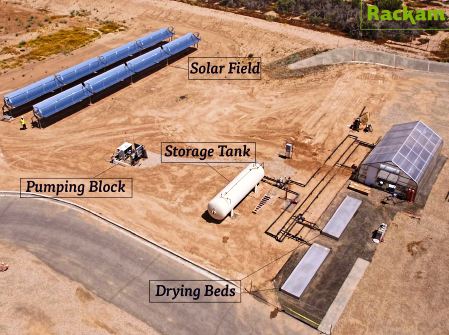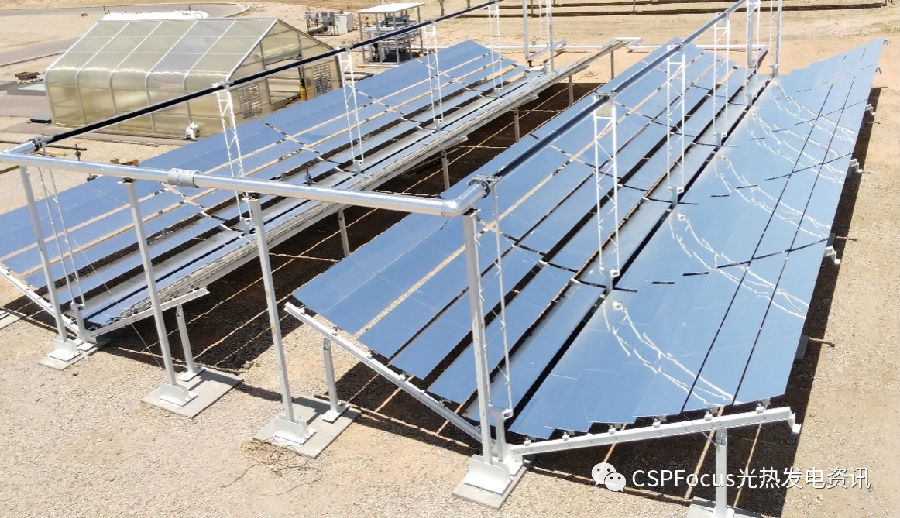Built in 2018 the solar sludge drying beds dry the sludge dirt removed from the wastewater by removing the water content more than 80 in the input wet sludge solely with the energy received from the sun.
Solar sludge drying beds.
By covering the bed it is also possible to use solar energy to heat up the sludge during the drying period and thus to eliminate pathogens.
This simple but efficient and economic process allows to produce a more than 80 dry sludge.
Drying beds are the most widely used method of municipal wastewater sludge dewatering in the united states they have been used for more than 100 years.
Solar drying requires space and initial funding but the running costs are extremely low.
The combined sludge turning and transporting system is at the heart of the drying plant.
Sludge drying beds may be open to the atmosphere or can be constructed with roof to protect them from rain and in cold climate from frost.
Sludge drying involves natural ways of drying to mechanical ways of removing water content.
This solar pasteurization is particularly important if.
They are naturally ventilated by the wind.
Sludge drying bed sdb is the most widely used method for sludge dewatering.
The higher the wind speed blowing over the sludge surface the faster the drying speed.
Sdb is generally used for small and medium sized communities tchobanoglous et al.
After mechanical dewatering sludge contains 20 dry solids.
The huber solar regenerative sludge dryer srt is able to meet the most different specific customer requirements whether as a pure solar dryer or all year round dryer operated with additional heat.
Also the automation degree of sewage sludge feeding and removal is variable.
The sludge is transported.
For this reason in middle europe open air drying beds are no longer in use.
In europe the reason for drying the sludge is the high cost of the final treatment so each ton of water extracted from the sludge lowers the annual cost for the water plants.
However at sites with regular rainfall an open air drying bed is not as satisfactory.
Parkson says a consistent end product is always produced within a specific time frame with changing weather conditions having little effect on results.
The solar sludge drying systems can be erected on a variety of flat or inclined surfaces in a range of climates and can be adapted to retrofit existing drying beds.










